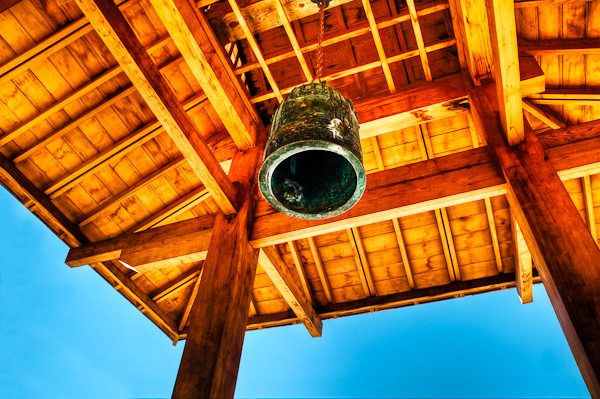I love photography. Can you tell? I love looking at photographs; I love reading about photography, both theory and technique (well, more theory than technique, but I like technique too); I love making photographs, from visualizing an image to pressing the shutter release button, to seeing the image on my computer, to actively processing it, to seeing the final rendition both on screen and in print. I find it fun. I find it moving. I also find it heart wrenchingly, gut-wrenchingly, pull-my-hair out frustrating at times.
You see, I know that visual arts are an emotional language. They are pre-verbal for me. I respond to images with feelings. Words about the image, descriptions of the image, or words to describe how I feel about he image come later. Sometimes much later. Sometimes not at all. So I feel my way through photographs, both others’ and my own. And this can be a minefield as much as a pleasure garden, especially when it comes to my own photography.
(However, before I risk sounding like a whiny spoiled brat, let me say that all this frustrated navel-gazing has a purpose and positive outcome. Read on.)
Sometimes in my self-indulgent photo viewing and making extravaganza I get stumped! It can be overwhelming to sift through so many images out there as well as sift through many opinions as well. And then, sometimes overnight, I get the “blahs!”
You know, blah about everything out there, blah about my work, blah about the available subject matter, blah about my gear, blah about my skills. Just blah. Blah, blah, blah.
But then, if we hang in there long enough, something happens. I don’t know what it is, or how it works, but something akin to divine inspiration occurs. You know the feeling, like when sunlight finally peeks and eeks its way through an overcast, chilly, moody day; something switches. The muse talks, sings, shows herself. Whatever it is and however it works, it just happens. It just does. And then everything changes and blahs turn to “….whoa, wait, something is happening here.”
The above image represents that moment for me. I don’t know if you like it. I don’t even know if it is any good. But I do know I like it. I do know I am moved by it. And I do know I arrived at it by pluggin’ on. By continuing in the face of the blahs. It was a throw-away, that image. Shot while my son played in the dirt under the bell at my feet, distracting me, begging attention from me as 2 year olds will and I just shot it, quickly, without too much thought, because it was part of pluggin’ on.
How do you work through the “blahs?” I’m aware there are as many ways to deal with this syndrome as there are active, creative people and would love to hear what works for you.
Feel free to click on the image to see it “on black.” I think it looks much better presented that way.


Contrary to popular belief, art is work. Whatever your process, there will be blocks. Those who continue to work through or around them are the ones who persevere.
Here’s an exercise I learned from a writer that can be applied to any creative endeavor.
Whenever you’re feeling unmotivated (or blah), just tell yourself to go to your studio, computer, camera, instrument, or sketchbook, and work at it for 15 minutes. Ninety percent of the time, you’ll find yourself immersed in a project and headed down the path from blah to…ah-hah! The other ten percent of the time, maybe you’ll just clean your studio or organize your files for 15 minutes…and that’s not a bad thing either.
Here’s a fantastic book (written by a composer) on the creative process and it’s challenges. http://www.amazon.com/Path-Least-Resistance-Learning-Creative/dp/0449903370
If the bell image is the result of your blah moments, it may be time to embrace them. Nice work.
Thanks Stacie! I’ll take your words to heart, especially since they come from you. Sometimes I think the perseverance required for a long term relationship with an art form is the entire point of the art form. I’ve long enjoyed a quote from Suzuki (the originator of the Suzuki violin method) that mentions that one of the outcomes of a long term commitment to an art form is endurance. He liked to think that endurance along with discipline and sensitivity are character traits visible in good people which are created by the arts. I tend to agree.
I like your suggestion for the exercise; sometimes just cleaning my workspace has a hugely motivating effect on me.
Thanks also for the suggestion for the book. I will have to check it out. Perhaps I’ll even do a book review.
I hope you are well.
Brian